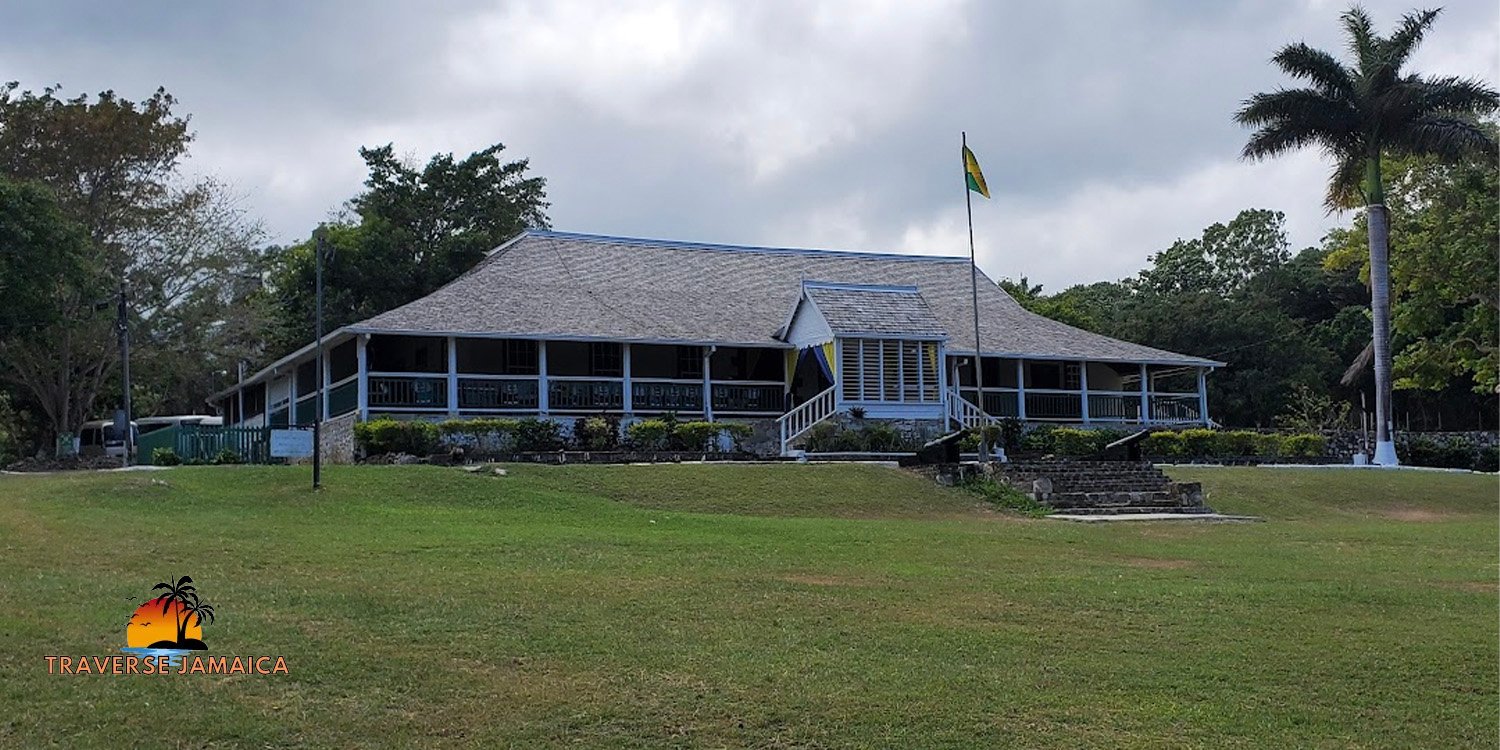Nestled in the serene countryside of St. Ann, Jamaica, Seville Great House and Heritage Park stands as a testament to the island’s rich and diverse history. This historic site offers a unique blend of cultural heritage, stunning landscapes, and engaging activities that transport visitors back in time to explore the pivotal events that shaped Jamaica. Whether you’re a history enthusiast, nature lover, or adventure seeker, Seville Heritage Park offers something for everyone. In this comprehensive guide, we’ll delve into the history of Seville Great House, explore the various attractions and activities available, and provide practical information, including entry costs and tips for making the most of your visit.
A Glimpse into History: The Seville Great House
The Seville Great House is more than just an architectural marvel; it is a symbol of Jamaica’s colonial past and the site of significant historical events. Originally established as Sevilla la Nueva (New Seville) by Spanish settlers in 1509, it was the first European settlement on the island. The Great House itself, built in the 18th century, was once the center of a vast sugar plantation. Over the centuries, Seville has witnessed the transitions from Spanish to British colonial rule and the profound impact of the African slave trade on the island.
The Architecture
The Seville Great House is a classic example of Georgian architecture, featuring elegant lines, expansive verandas, and well-preserved interiors that offer a glimpse into the life of Jamaica’s colonial elite. The house is furnished with period pieces, including antiques, paintings, and artifacts that reflect the lifestyle of the era. Visitors can explore the various rooms, each telling a story of the plantation’s history and the people who lived and worked there.
The Museum
The ground floor of the Great House has been converted into a museum, which houses a collection of artifacts from the Taino people (the island’s indigenous inhabitants), the Spanish settlers, and the Africans who were brought to Jamaica as slaves. The museum offers a chronological journey through Jamaica’s history, highlighting the cultural interactions that shaped the island’s development. Noteworthy exhibits include Taino pottery, tools, and a reconstructed Spanish kitchen, providing insight into the daily lives of the different communities that once called Seville home.
Exploring the Heritage Park
Beyond the Great House, the Heritage Park sprawls over 300 acres of lush landscape, offering a variety of attractions and activities that cater to diverse interests.
The Archaeological Sites
One of the most fascinating aspects of Seville Heritage Park is its archaeological sites. These include the remains of the Spanish settlement, an English sugar factory, and a slave village. Guided tours are available, where knowledgeable guides provide detailed explanations of the significance of these sites. The tours offer a unique opportunity to walk through history, learning about the daily lives of the people who lived and worked on the estate over the centuries.
The African Village
The African Village is a recreated settlement that pays homage to the enslaved Africans who played a crucial role in Jamaica’s history. The village features traditional huts, craft demonstrations, and performances of African drumming and dance. Visitors can engage with artisans and learn about African customs, traditions, and their influence on Jamaican culture. This experience is not only educational but also a celebration of the resilience and creativity of the African people.
Nature Trails and Birdwatching
For nature enthusiasts, the park offers several nature trails that wind through its lush grounds. These trails are perfect for a leisurely stroll or a more vigorous hike, allowing visitors to immerse themselves in the natural beauty of the Jamaican countryside. The park is also a haven for birdwatchers, with a variety of bird species that can be spotted throughout the year. Binoculars and bird guides are available for rent at the visitor center, making it easy for visitors to enjoy the diverse avian life.
Picnic Areas and Scenic Spots
Seville Heritage Park is dotted with scenic spots that are ideal for picnics or simply relaxing in the tranquil environment. The park’s landscape is a mix of manicured gardens, open fields, and wooded areas, providing plenty of options for finding a peaceful spot to unwind. Visitors are encouraged to bring their own picnic baskets and enjoy a meal surrounded by nature and history.
Activities and Events
Seville Great House and Heritage Park is not just about passive exploration; it also offers a range of activities and events that make the visit more engaging and memorable.
Interactive Workshops
Throughout the year, the park hosts various workshops that allow visitors to engage with Jamaican culture hands-on. These workshops cover topics such as traditional Jamaican cooking, pottery making, and basket weaving. Participants can learn new skills, create their own souvenirs, and gain a deeper appreciation for Jamaica’s rich cultural heritage.
Cultural Performances
The park regularly hosts cultural performances, including traditional Jamaican music, dance, and storytelling. These performances often take place in the evenings and provide a lively and entertaining way to experience the island’s culture. The African drumming sessions, in particular, are a highlight, drawing visitors into the rhythms and sounds that have been passed down through generations.
Special Events
Seville Heritage Park is also a venue for special events throughout the year, such as historical reenactments, festivals, and educational programs. These events often coincide with significant dates in Jamaica’s history, offering visitors the chance to witness and participate in celebrations that honor the island’s past and present.
Entry Cost and Practical Information
Seville Great House and Heritage Park is open to visitors year-round, and the entry fees are very reasonable, making it an accessible attraction for both locals and tourists.
Entry Fee:
Adults: JMD $1,200
Children (under 12): JMD $600
Students (with ID): JMD $800
Groups (10 or more): Discounted rates available
Operating Hours:
Monday to Saturday: 9:00 AM to 5:00 PM
Sunday: Closed (except for special events)
Guided Tours:
Available daily at no extra cost.
Tours typically last between 60 to 90 minutes.
Additional Information:
Parking is available on-site.
The park is wheelchair accessible.
Picnic areas and restrooms are available throughout the park.
The on-site gift shop offers a variety of souvenirs, books, and local crafts.
Tips for Visiting
Best Time to Visit: Mornings are ideal for visiting, especially if you plan to explore the outdoor areas, as the temperature is cooler.
Wear Comfortable Shoes: The park covers a large area, so comfortable walking shoes are recommended.
Bring Sunscreen and Water: The tropical sun can be intense, so make sure to stay hydrated and protect yourself from the sun.
Check for Events: Before your visit, check the park’s website or contact them for information on any special events or workshops that may be taking place during your visit.
Plan for a Full Day: With so much to see and do, it’s best to allocate a full day to fully experience all that Seville Great House and Heritage Park has to offer.
Conclusion
Seville Great House and Heritage Park is more than just a historical site; it’s a journey through time that offers visitors a unique opportunity to connect with Jamaica’s past. From the architectural beauty of the Great House to the immersive experiences in the Heritage Park, every aspect of this destination is designed to educate, entertain, and inspire. Whether you’re exploring the archaeological sites, participating in a workshop, or simply enjoying the natural beauty of the surroundings, Seville Heritage Park is a must-visit destination for anyone interested in Jamaican culture and history.









